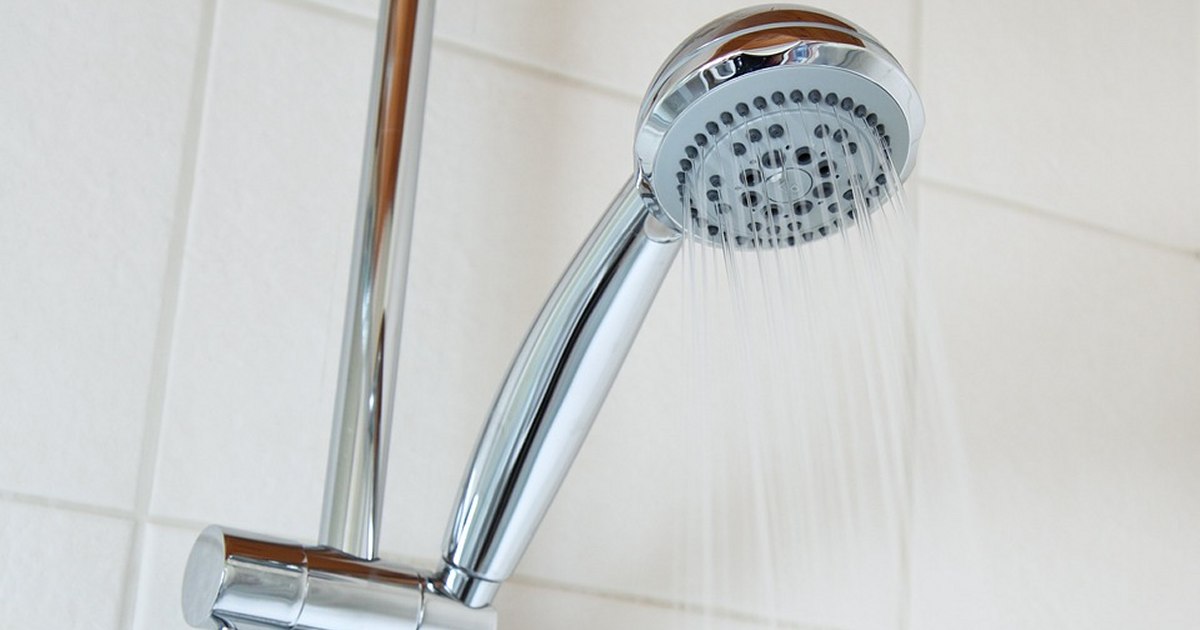
The Australian Renewable Energy Agency (ARENA) is stumping up funds for a trial involving controlling hot water loads to take advantage of cheap surplus solar energy.
Heating water is an energy-intensive exercise. Around a quarter of electricity consumed by Australian households with a standard electric hot water system goes towards heating water.
Electric hot water systems can be considered batteries of sorts, storing energy as heat. For households with solar panels, using an electric hot water system wisely can be a good way to maximise solar energy self-consumption; assuming you can get your system to “charge” (heat) when conditions are favourable. For example, smarter hot water systems can be set on a timer or devices such as solar diverters used.
En masse, electric hot water systems can also potentially help with grid security in situations where grid demand is so low it threatens network stability. This is becoming a more pressing issue as more renewable energy enters the electricity system.
Which leads us to the project ARENA is supporting.
On Friday, ARENA announced $2.72 million in funding for a $5.4 million project headed by Sydney-headquartered PLUS ES. The company, a partnership between the NSW Government and a consortium made up of IFM Investors and AustralianSuper, is involved in metering and data services. A few months back, the company installed its millionth smart meter.
PLUS ES is developing a Hot Water Control Load demand management capability that will enable project partner AGL Energy to access and manage a fleet of up to 20,000 hot water systems in South Australia in near-real time via their smart meters. The systems involved represent a potential controllable load of up to 48 MW.
Sopping Up Surplus With A Solar Sponge
The project will take advantage of SA Power Network’s (SAPN’s) “solar sponge” Time-of-Use tariff. This incentivises consumption of electricity during daytime periods when there’s plenty of solar energy goodness in the grid from the hundreds of thousands of solar systems installed across the state. Introduced in mid-2020, the ‘solar sponge’ tariff is offered between 10am to 3pm and is a quarter of the price of the normal network tariff.
Assuming the project works out, PLUS ES will consider expanding the approach across all of its meters in the National Electricity Market (NEM).
“Hot water control has been identified as a low cost solution that could help to address minimum system demand issues across the NEM, highlighting that with the right innovation and technology solutions, we can reduce the need for costly network infrastructure upgrades and make the most of the increasing amounts of low-cost clean energy that we see entering the market,” said ARENA CEO Darren Miller.
AGL Chief Customer Officer Jo Egan sees tremendous opportunities for AGL, PLUS ES – and electricity customers
“As AGL dynamically manages hot water systems in South Australia for thousands of our customers, we will be taking advantage of high renewable energy generation available during the day, to test if this can help with grid stability and support a reduction in energy prices.”
The PLUS ES South Australia Demand Flexibility Trial will run until the end of October next year – some further information is available here.

 RSS - Posts
RSS - Posts



There are three important components to this trial:
Network, exploiting the opportunities from a static envelope of low prices overnight and very low network prices during the solar sponge.
Energy, exploiting the low/ negative daytime prices that frequently occur in SA and also exploring the value of dynamically responding to short term price spikes to deliver a low cost of energy that also has high renewables content.
Customer, providing a tank full of hot water at 3pm and, with judicious use of early morning boost a near full tank at 6am in the morning. Hopefully at a lower price for the customer (and a viable return to the retailer and meter data agent).
What is interesting is that the traditionally low overnight price in SA has been moving in the spot market to a more expensive period. The solar sponge has been the cheapest energy period for some time, but the overnight period has been losing its long-term advantage. This might help retailers to offer low price hot water from renewables.
Of course you can do this via retailers with controlled load, or a customer can elect to just use the time of use tariff and a timer on their hot water service. No need for a solar diverter, no need to rely on a retailer if you prefer to do your own thing, and you get to use renewables at a low price for a big chunk of your daily energy usage.
Great idea, should have happened years ago.
I have been a timer on my heat pump hot water system to run it during the day for about 5 years now.
How did you set up the timer?
Is it a DIN module in your switchboard or something else? Would love to hear all the details as I’m considering the same.
I have a Bosch heat pump that has a timer built into the unit.
Personally it has issues just on 5 years old, so i would not recommend it to others, but i am sure the must be other heat pumps out there with timers built in.
Hopefully quieter and more reliable ones.